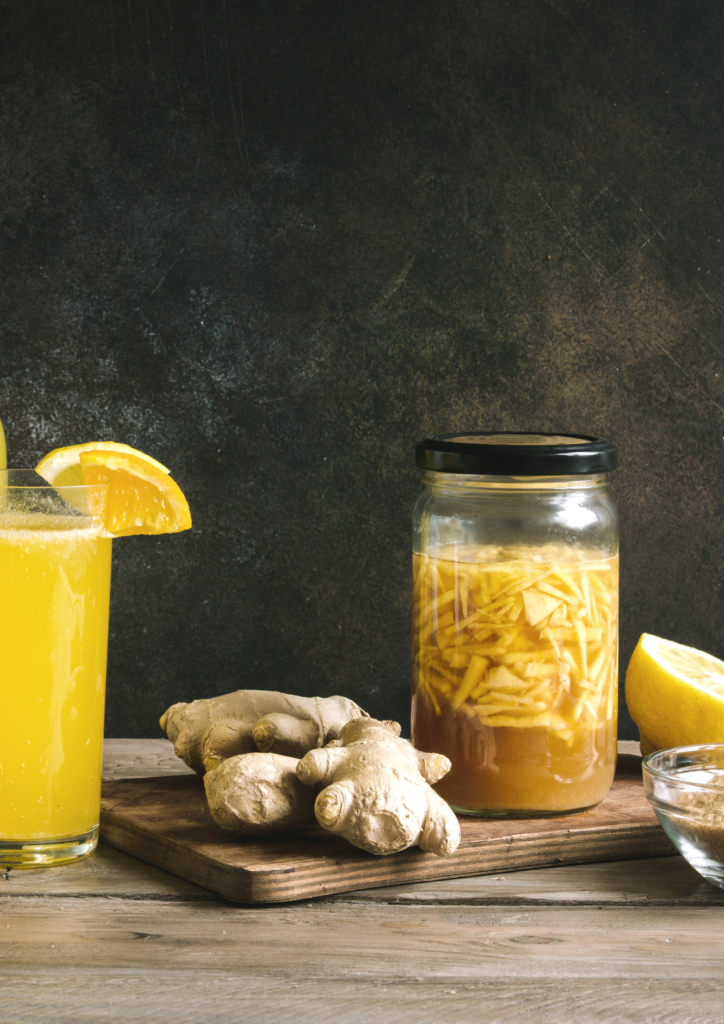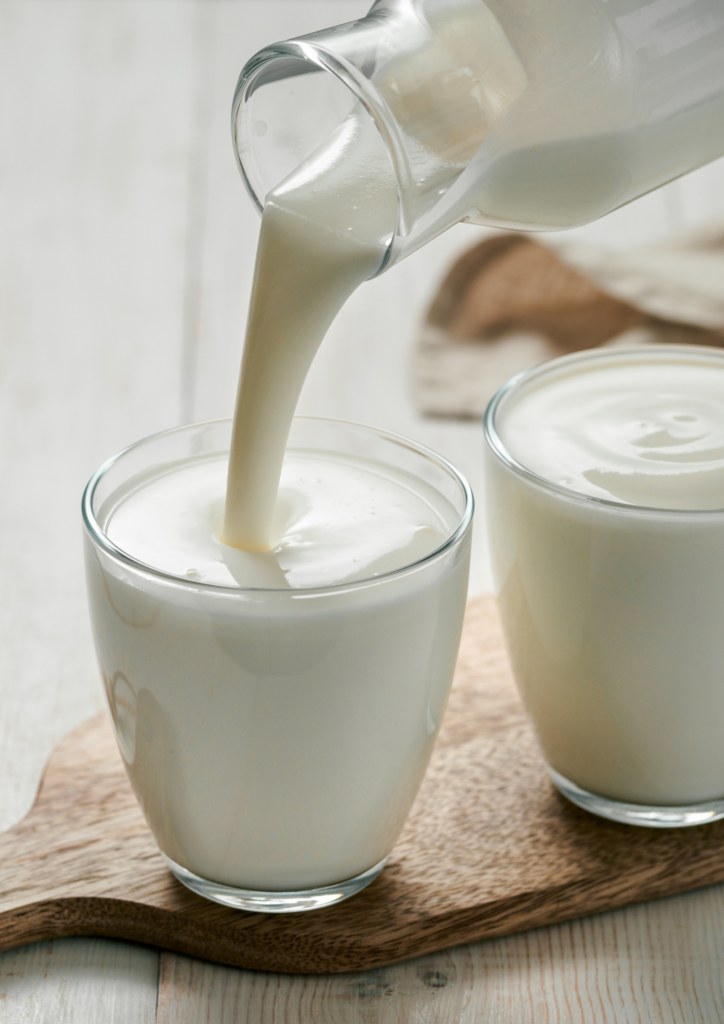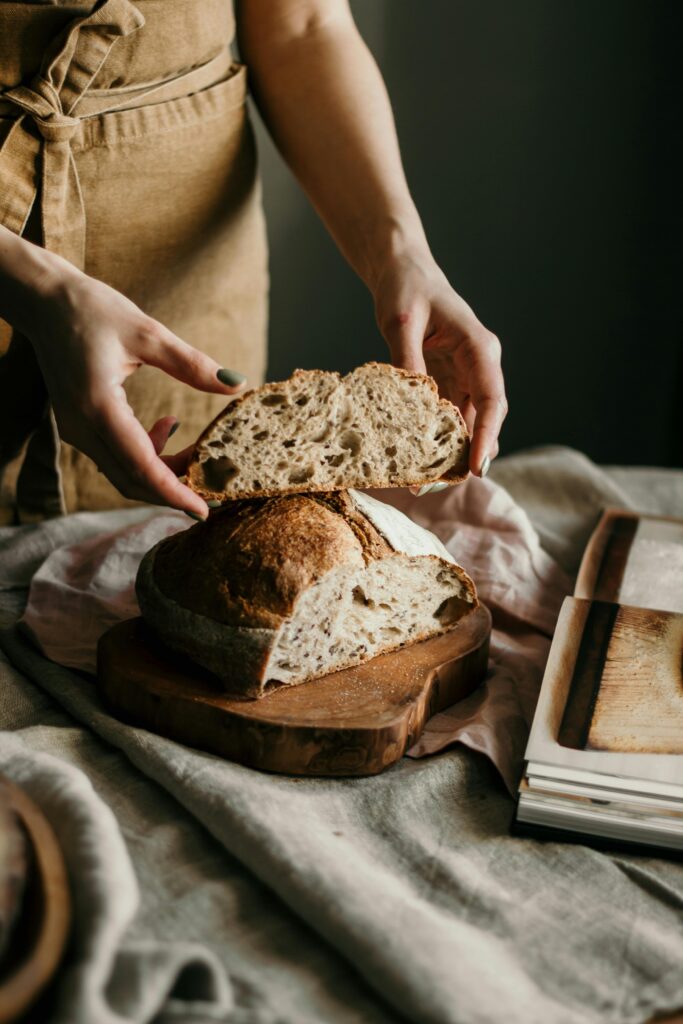How to Make a Ginger Bug: A Natural Probiotic Starter for Fermented Drinks and Recipes

A ginger bug is a natural probiotic starter that can be used to ferment beverages like ginger ale, kombucha, and even as a flavor enhancer in baked goods and sauces. Unlike commercial yeast, a ginger bug relies on the natural yeasts present on ginger and sugar to ferment and create effervescence. This simple, DIY process not only enhances the flavor of your drinks but also boosts their probiotic content, promoting gut health. It’s an eco-friendly and cost-effective way to brew your own fermented beverages at home, reducing waste and avoiding artificial additives. In this guide, we’ll walk you through the steps to create your very own ginger bug, perfect for adding a zesty, effervescent twist to your favorite recipes.
Jump to RecipeWhat Drinks Can Be Made from a Ginger Bug?
With a ginger bug, you can create a variety of refreshing, probiotic-rich drinks:
- Ginger Ale: Combine the ginger bug with sugar, water, and optionally a bit of fruit juice for a fizzy, flavorful ginger ale that’s free from artificial additives.
- Kombucha: Use the ginger bug as a starter culture for kombucha. It imparts a zesty ginger flavor and helps in the fermentation process, resulting in a healthy, tangy drink.
- Natural Soda: Mix the ginger bug with different fruit juices or flavored herbal teas for a homemade soda that’s low in sugar and high in probiotics.
- Baked Goods and Sauces: Use the ginger bug to add a natural tang and effervescence to recipes like soda bread, muffins, or sauces.
How to Make These Drinks from the Complete Ginger Bug:
- For Ginger Ale: Mix 1 cup of ginger bug starter with 1-2 cups of filtered water, 1-2 cups of sugar, and optional lemon or lime juice. Let it sit at room temperature for 24-48 hours to ferment, then strain and enjoy chilled.
- For Kombucha: Add the ginger bug starter to a sweetened tea base and let it ferment for about 1-2 weeks at room temperature. The ginger bug will contribute a spicy flavor to the kombucha, enhancing its health benefits.
- For Natural Soda: Dilute the ginger bug with fruit juices or flavored herbal teas. Allow it to ferment for 1-2 days to develop a fizzy, effervescent soda. The longer it ferments, the stronger the flavor will be.
Notes:
- The ginger bug can be stored in the refrigerator for up to a month without needing to feed it. Simply take it out, feed it, and allow it to warm up to room temperature before using it in a recipe.
- If using it less frequently, ensure it’s fed at least once every few weeks to keep it active.
- You can create different variations by using different types of sugars or adding other flavorings (like fruit or herbs) during the feeding process.
Making your own ginger bug is an easy and natural way to add flavor and fizz to homemade beverages. It’s a versatile starter that can be used in a variety of recipes and is a great way to kickstart your journey into fermentation!

How to Make a Ginger Bug: A Natural Probiotic Starter for Fermented Drinks and Recipes
Difficulty: Easy5 – 7
A ginger bug is a natural probiotic starter that can be used to ferment beverages like ginger ale, kombucha, and even as a flavor enhancer in baked goods and sauces. Unlike commercial yeast, a ginger bug relies on the natural yeasts present on ginger and sugar to ferment and create effervescence. This simple, DIY process not only enhances the flavor of your drinks but also boosts their probiotic content, promoting gut health. It’s an eco-friendly and cost-effective way to brew your own fermented beverages at home, reducing waste and avoiding artificial additives.
Ingredients and Equipment
1 cup of filtered water (chlorine-free water is best)
1 tablespoon of grated fresh ginger
1 tablespoon of granulated sugar (white or brown sugar works fine)
Additional ginger and sugar (1 teaspoon each) added daily
A glass jar (quart-sized works well)
A clean cloth or paper towel
A rubber band or string
Directions
- Day 1: Start Your Ginger Bug
– In a clean glass jar, combine 1 cup of filtered water, 1 tablespoon of grated ginger, and 1 tablespoon of sugar.
– Mix well to dissolve the sugar completely.
– Cover the jar loosely with a clean cloth or paper towel and secure it with a rubber band or string. This will allow air circulation while keeping out dust and other contaminants.
– Leave the jar in a warm, dark place on your kitchen counter for about 24-48 hours. - Daily Feeding:
– For the next 5-7 days, every 24 hours, feed the ginger bug by adding 1 teaspoon of grated ginger and 1 teaspoon of sugar to the jar. Stir well to combine.
– You will notice the mixture begin to bubble and ferment—this is a sign that the ginger bug is active and working. The bubbles form due to the fermentation of sugar by wild yeasts and bacteria present on the ginger. - Monitoring and Taste Testing:
Over the days, you should see the liquid become more cloudy and smell slightly tangy and ginger-like. Taste it as well; it should be slightly sweet with a mild ginger flavor. The longer it ferments, the stronger and more ginger-flavored it will become.
If there’s no activity (no bubbling), continue the feeding process for another day or two. - Using Your Ginger Bug:
Once your ginger bug has been bubbling consistently for about 5-7 days and has a good amount of activity, it’s ready to use.
To use it in a recipe, simply scoop out a few tablespoons (about 1-2 tablespoons) to add to your homemade sodas or kombucha as a natural carbonation agent.
To maintain the ginger bug, continue to feed it weekly with 1 teaspoon each of grated ginger and sugar. Store it in the refrigerator between uses.
Recipe Video
Notes
- – The ginger bug can be stored in the refrigerator for up to a month without needing to feed it. Simply take it out, feed it, and allow it to warm up to room temperature before using it in a recipe.
– If using it less frequently, ensure it’s fed at least once every few weeks to keep it active.
– You can create different variations by using different types of sugars or adding other flavorings (like fruit or herbs) during the feeding process.

Our recommended products to making this recipe:
As an Amazon Affiliate, we earn from qualifying purchases, but at no extra cost to you.



